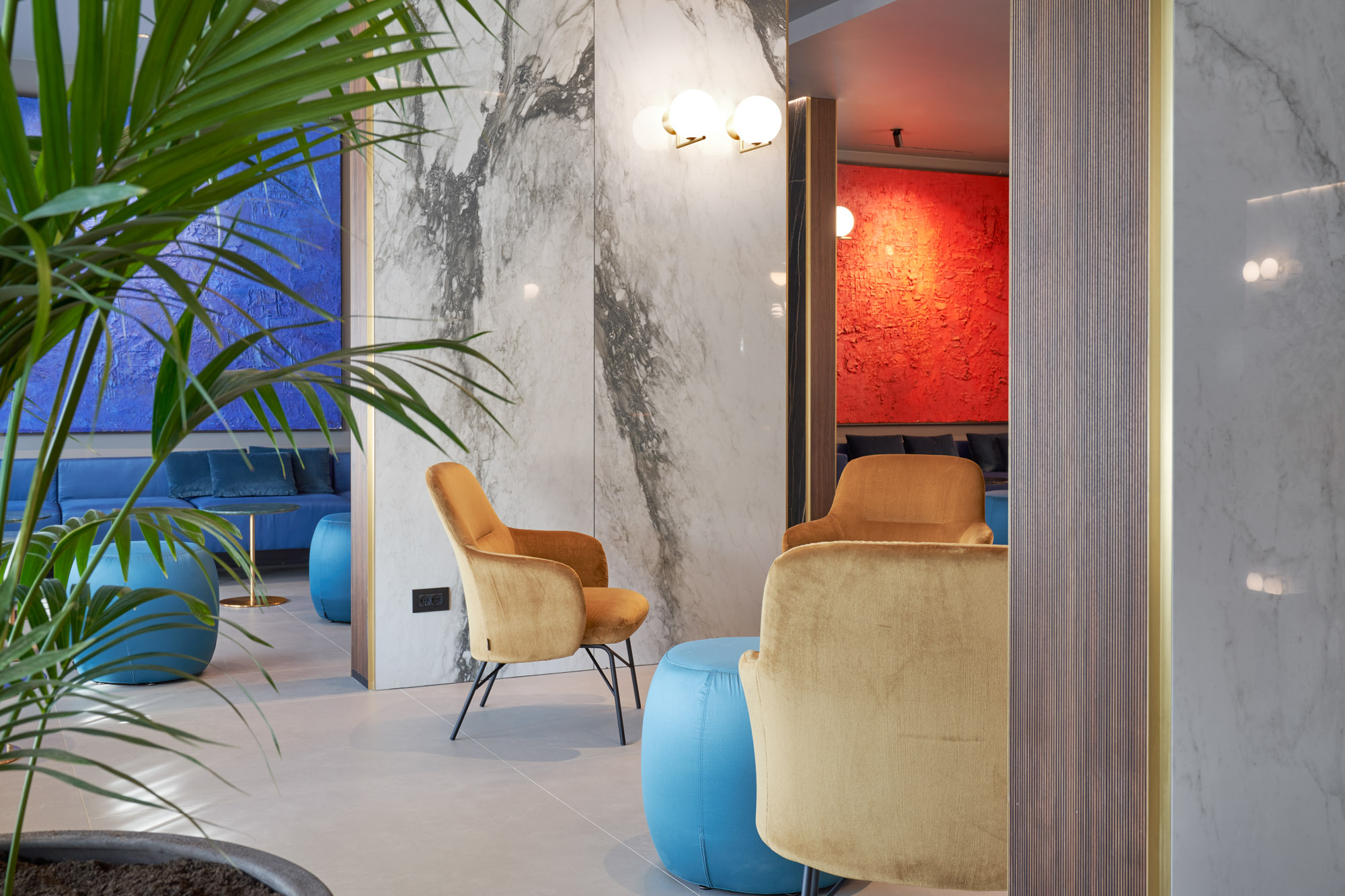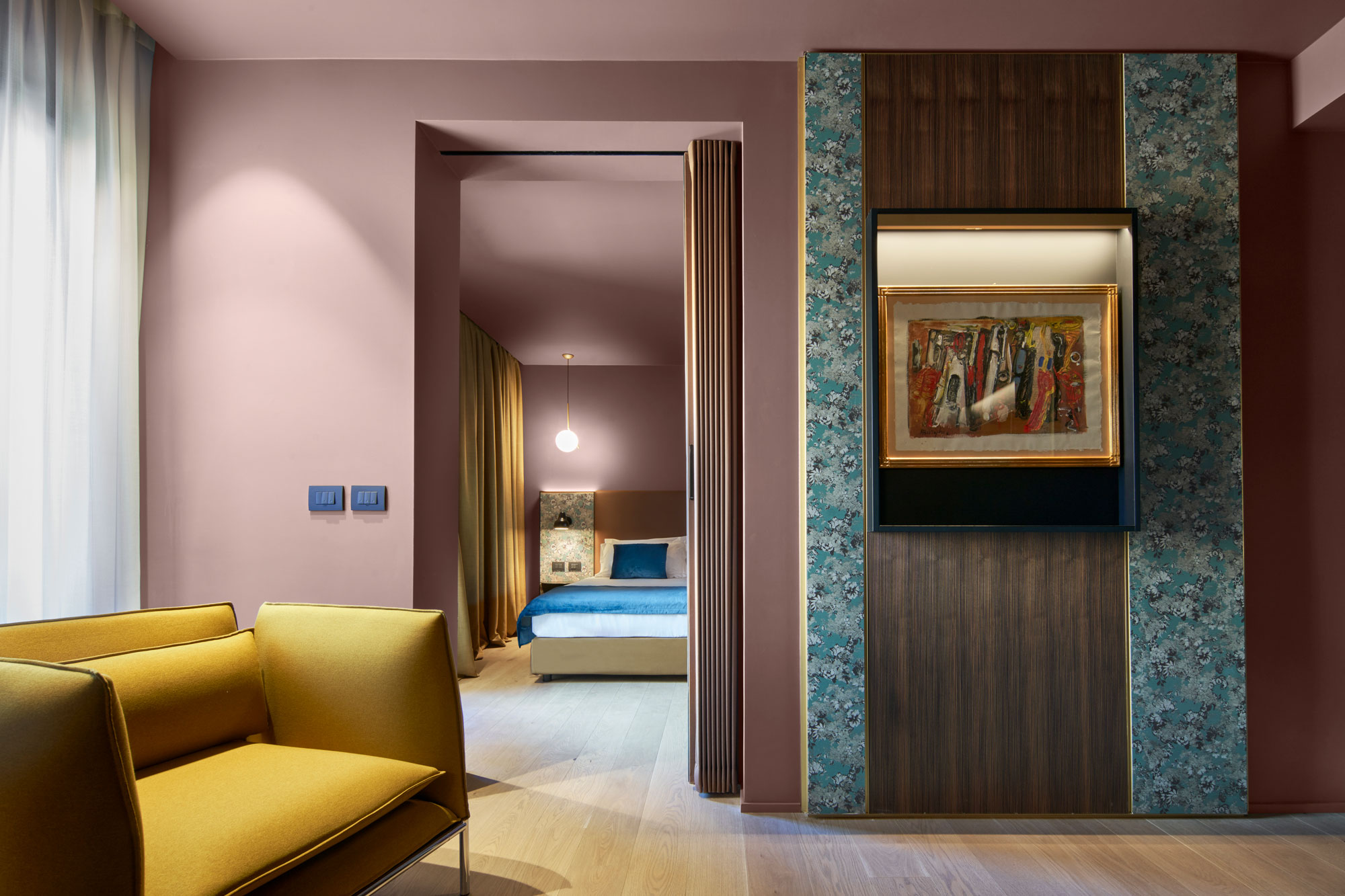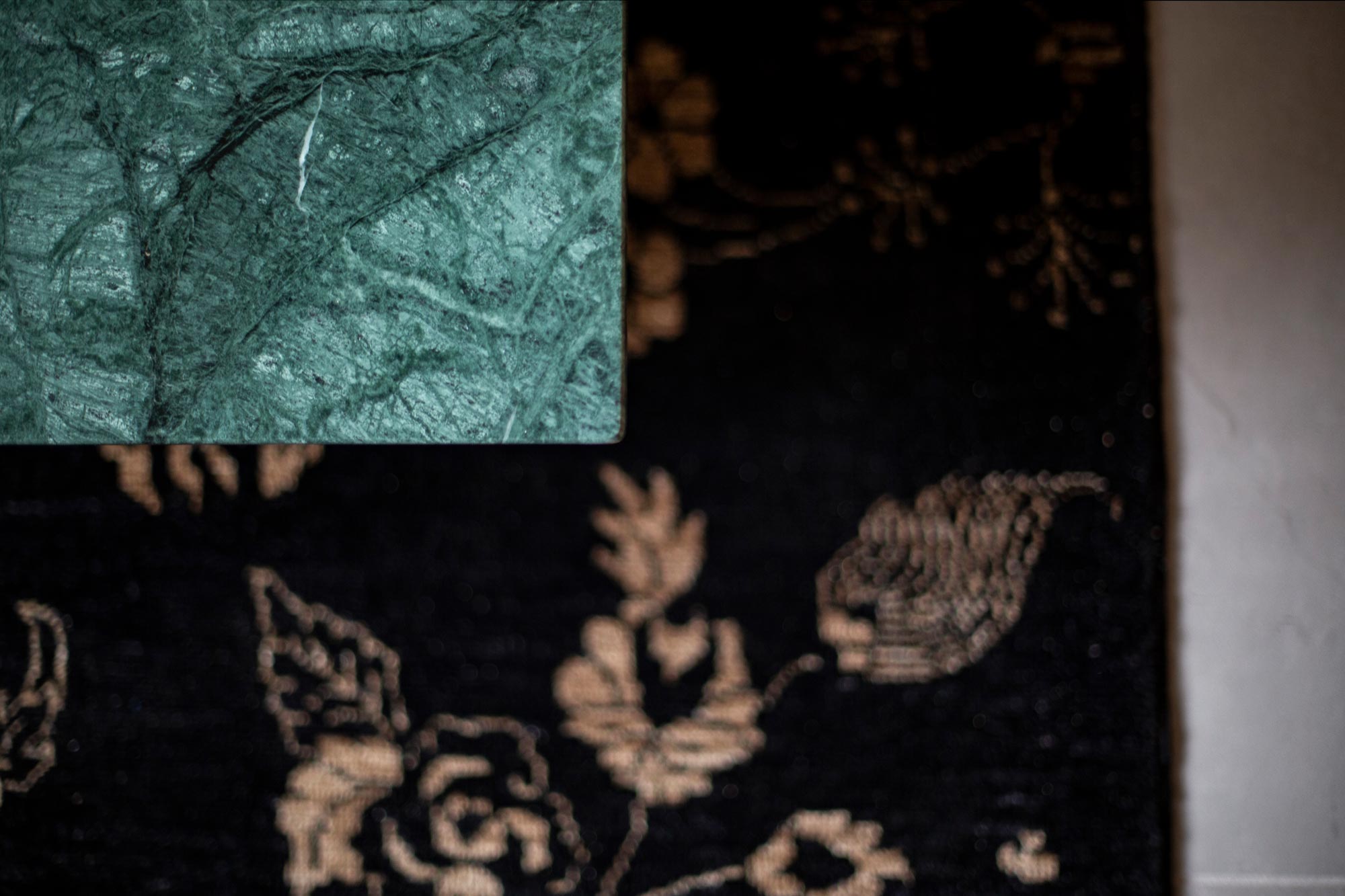A journey into the legend of the Emilian two wheels
In the heart of the Motor Valley, in Borgo Panigale, the Ducati Museum is one of the symbol places for all motor enthusiasts. It is not just a museum exhibition, but an immersive journey that tells the story of a company that has become an international myth.
Visiting the museum means getting into the minds of those who transformed mechanical genius into pure passion and carried the name of Bologna on the slopes around the world.
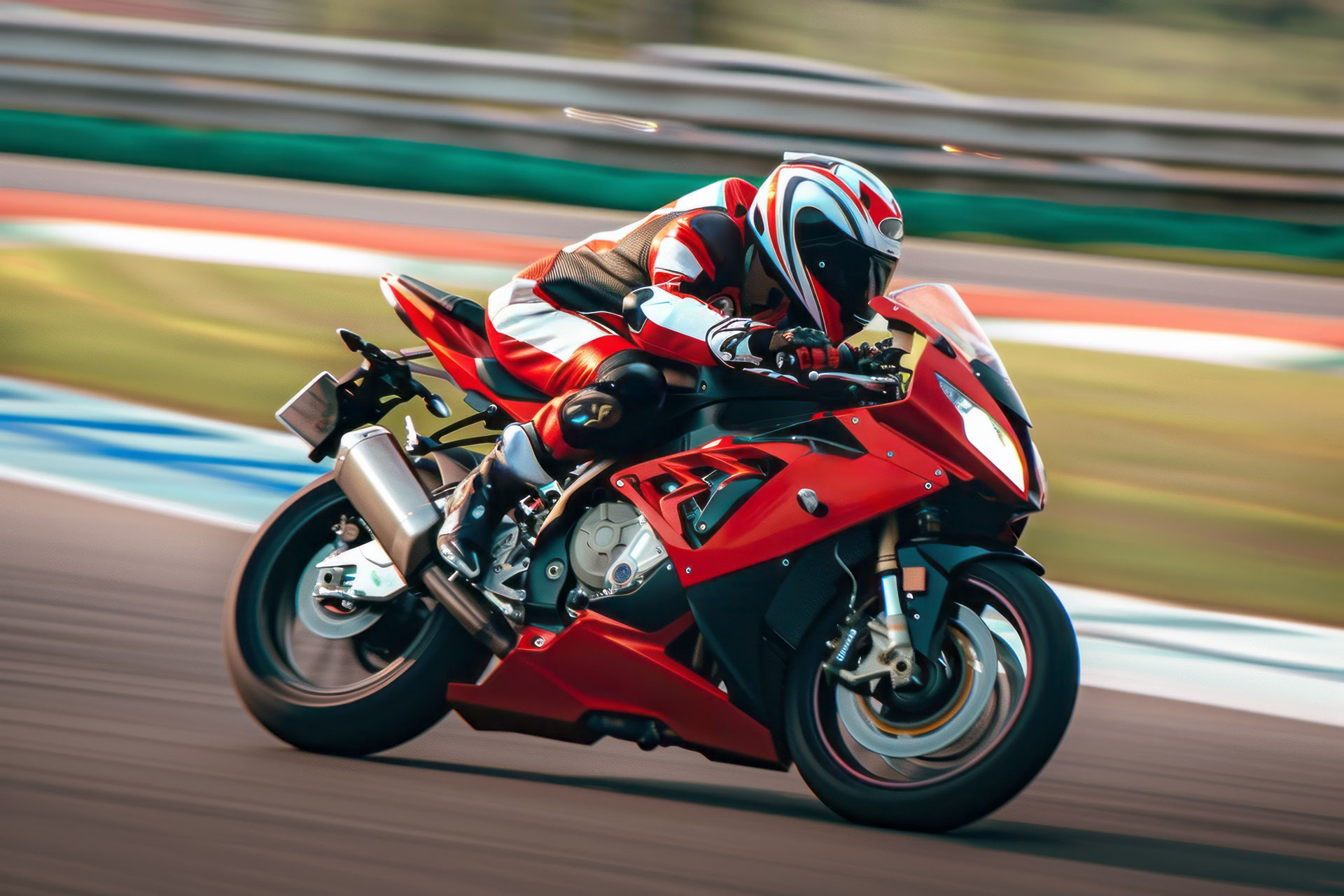
From radio to superbikes: the beginning of a myth
The museum takes us back to the surprising origins of Ducati, far from the world of competition. Founded in 1926, the company was born as a manufacturer of radio equipment. Only in the post-war period, with the launch of the Cucciolo, did Ducati enter the world of two wheels.
The museum documents this passage through finds, vintage photographs and rare prototypes. It’s amazing to see how a small auxiliary motor mounted on a bicycle started one of the most fascinating stories of Italian mechanics.
The models that made history
Among the main attractions of the museum there are obviously the motorcycles that have marked an era. Each model is presented with a carefully curated narration illustrating the technical, sporting and stylistic context.
• Ducati 916: a milestone in 90’s motorcycle design, designed by Massimo Tamburini, has revolutionized the aesthetics of superbikes.
• Desmosedici GP: the protagonist of MotoGP, an expression of extreme power and technological research.
• Original 1960s Scrambler: emblem of the Ducati lifestyle, still today inspiration for modern versions.
• Pantah 500: fundamental motor for the evolution of the “L” engine with desmodromic distribution, which has become the beating heart of modern Ducati.
Each exhibit is perfectly restored and placed in a setting that enhances its history, both on the track and on the road.
Behind the scenes: the technological heart of Ducati
One of the most fascinating aspects of the museum is the section dedicated to Ducati technology, where the famous desmodromic distribution is explained in detail, a patented technology that guarantees maximum efficiency at high speeds by eliminating the valve springs. Visitors can take a close look at the engines, explore key components and understand how Emilian engineering has managed to combine performance and reliability.
In addition to the engines, there is ample space for aerodynamics, advanced materials and production processes, many of which are still carried out by hand in the adjacent plant.
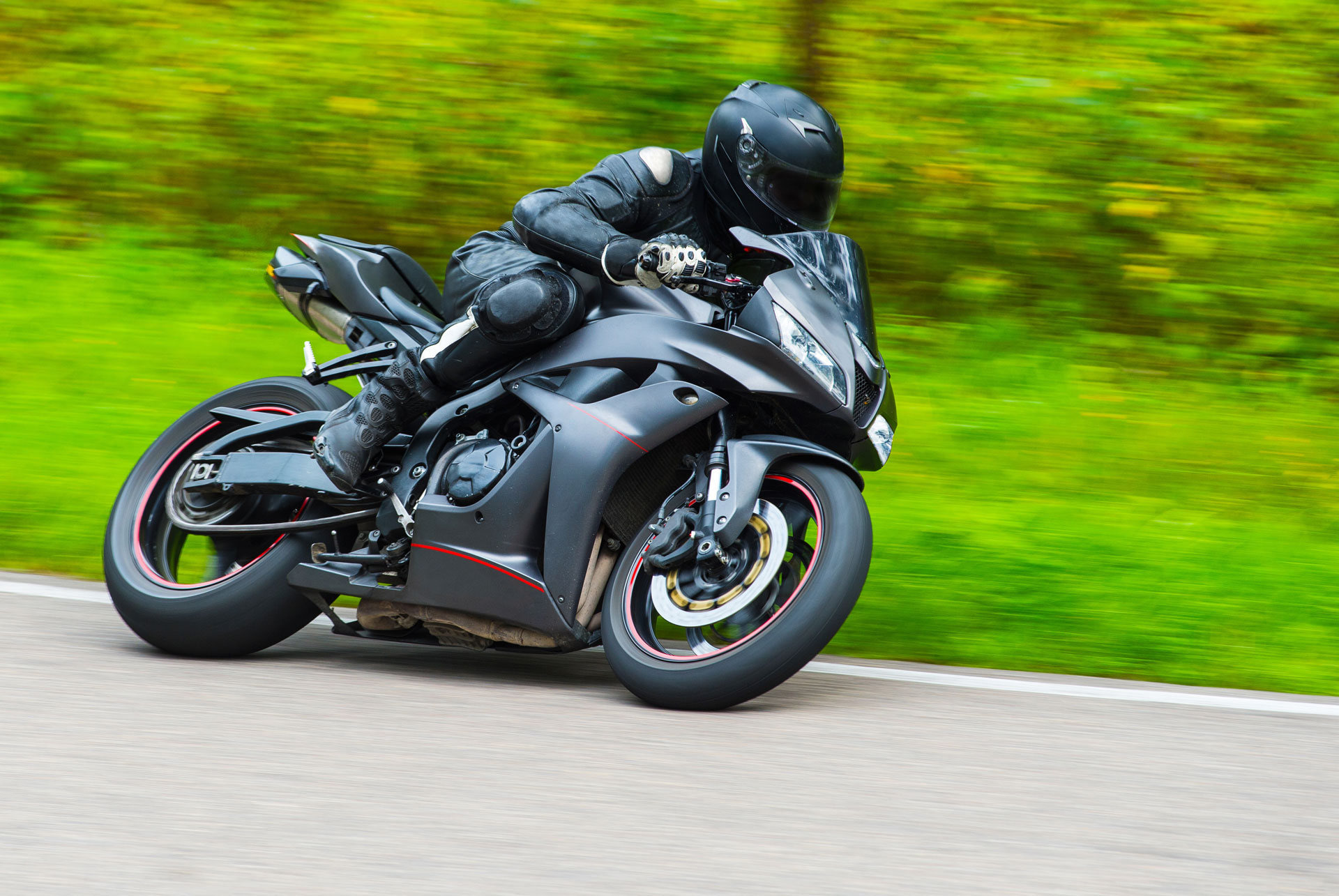
The passion for racing: a DNA racing
The museum devotes an entire area to the sports history of Ducati, an essential element in understanding the success of the brand. From the first successes in the Italian championships to the triumphs in MotoGP and WorldSBK, Ducati has always interpreted races as a technical laboratory and extreme test bench.
Particularly exciting is the section with the bikes of Casey Stoner, Troy Bayliss and Francesco Bagnaia, flanked by their helmets, suits and original videos of the competitions. Fans can relive historical moments through multimedia installations, original telemetry and archive interviews.
Immersive experiences for visitors and fans
The Ducati Museum is not only designed to be observed, but also experienced. In addition to the exhibition, you can participate in:
• Guided tours of the factory, where you can see the motorcycles are born, from the raw frame until the final test on the dynamic bench.
• Ducati Experience Lab, an interactive area where adults and children can understand how a motor works and test their technical knowledge.
• Driving simulators, which allow you to experience the thrill of a race on famous tracks such as the Mugello or Phillip Island.
This engaging approach has made the museum a tourist hub in the Motor Valley, able to attract visitors from all over the world.
A reference point for motor vehicle culture
In addition to the emotional aspect, the Ducati Museum is a centre for documentation and research. With its historical archive and collaborations with universities, technical schools and museum institutions, it is a model of industrial and motor science dissemination.
Events such as temporary exhibitions, workshops with Ducati engineers and presentations of new models make this space always active, in constant dialogue with the present and the future of the brand.
Ducati in the world: Emilian pride on a global scale
The museum concludes with an overview of Ducati’s global present. With a distribution network in more than 90 countries, the spirit of Borgo Panigale runs everywhere, but its roots remain well planted in Emilia-Romagna. The choice to keep here the productive and creative heart is a testimony of the link between Ducati and its territory.
In a world dominated by global logics, Ducati continues to express local pride, with a short supply chain and a deeply Emilian identity: concrete, courageous, brilliant.
A living museum between memory and innovation
The Ducati Museum is much more than a simple exhibition: it is a tribute to those who believed in speed as a universal language, a place where the past dialogues with the future. Each visit is an experience that combines culture, emotion and technique.
It’s the ideal place to discover how a red Ducati dream is born, and why, from Bologna to the slopes of the whole world, that dream continues to run.
